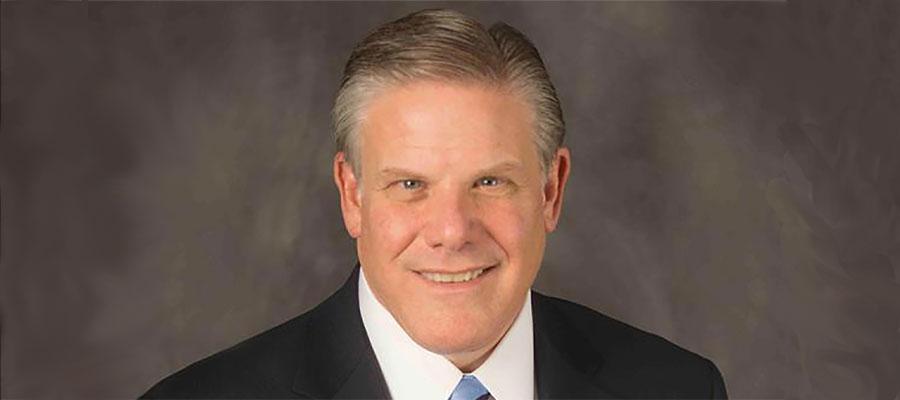Perspective: Righting a Wrong on Provider Relief Fund Reporting Change

While hospitals and health systems — and their brave front-line caregivers — continue to battle the greatest public health challenge of our lifetimes, the Department of Health and Human Services recently made a change to its COVID-19 Provider Relief Fund (PRF) reporting requirements that could jeopardize access to care for patients and communities. It’s a complicated issue, but here’s the upshot.
The Coronavirus Aid, Relief, and Economic Security Act and subsequent legislation increased funding for the Public Health and Social Services Emergency Fund in order to reimburse eligible health care providers for health care-related expenses and lost revenues attributable to COVID-19.
Since June, hospitals had been working under HHS guidance that defined “lost revenue” as any revenue lost to COVID-19, and the department said hospitals could “use any reasonable method of estimating” that figure.
But on Sept. 19, HHS moved the goalposts by issuing a new formula for defining lost revenue — a narrower set of metrics that is unfair and unrealistic, and that will force many hospitals to return much-needed funding they received from the PRF. These changes would have devastating effects for many hospitals and health systems — particularly those in rural areas and serving vulnerable communities.
For example, one rural hospital estimates that under the new requirements it would be forced to return about $16 million of the $20 million it received from the PRF. Another one of our members reported that 10 of its rural hospitals would be forced to return $20 million of the $65 million they received from the fund. And a third hospital estimates that it would need to return almost 90% of its PRF funds — $3.9 million out of $4.5 million.
In addition to being extremely problematic for hospitals’ planning and budgeting, the abrupt change also creates challenges related to accounting, auditing and bond rating … not to mention the enormous administrative burden it imposes — all in the middle of a pandemic.
We are engaged in a number of efforts to reverse this misguided policy. We’ve been in constant communication with HHS urging the Department to reinstate the June guidance … we outlined our detailed concerns in a Sept. 25 letter. We’re talking with congressional leaders and the Administration about the urgency of this issue. And we’ve asked for your help to have your lawmakers weigh in with the White House and HHS.
Communities rely on America’s hospitals and health systems to be strong and resilient so they can provide essential public services, particularly during emergencies and public health challenges.
Many hospitals were struggling to keep their doors open before COVID-19, and this crisis has only exacerbated their dire financial straits. The Provider Relief Fund has been a lifeline to preserve access to care in local communities. HHS should go back to the June guidance to ensure that can continue.

